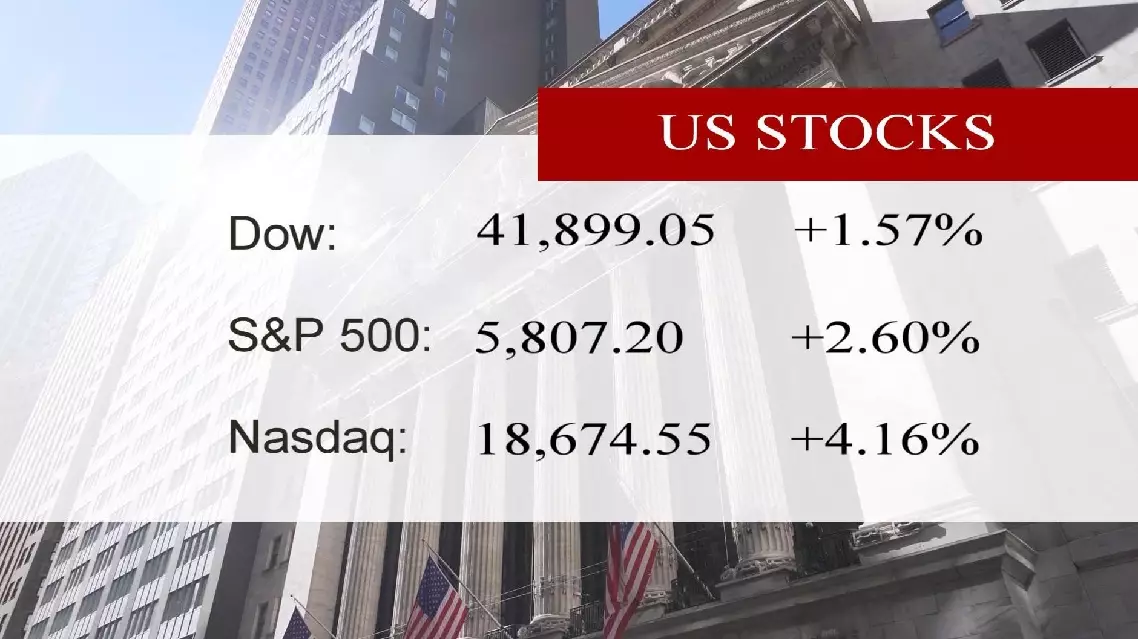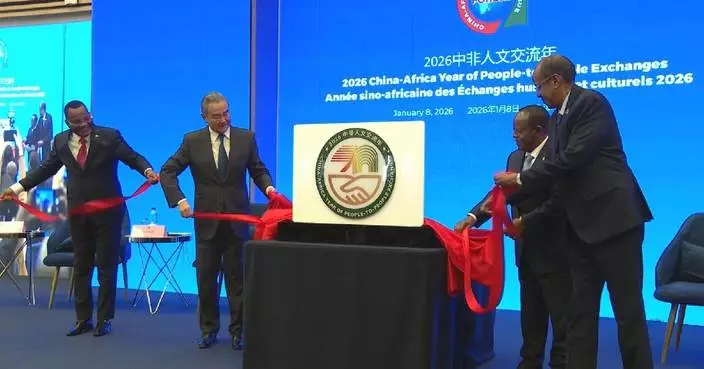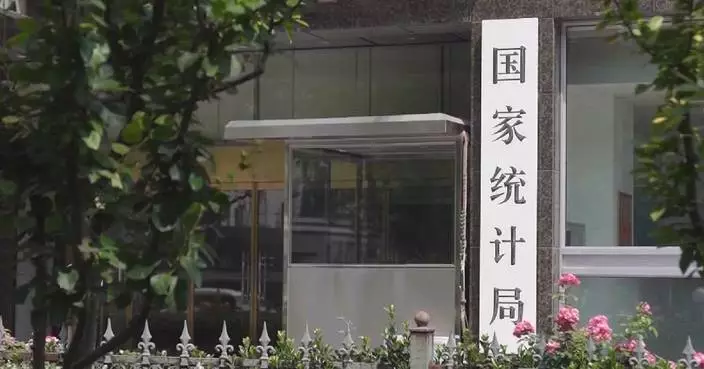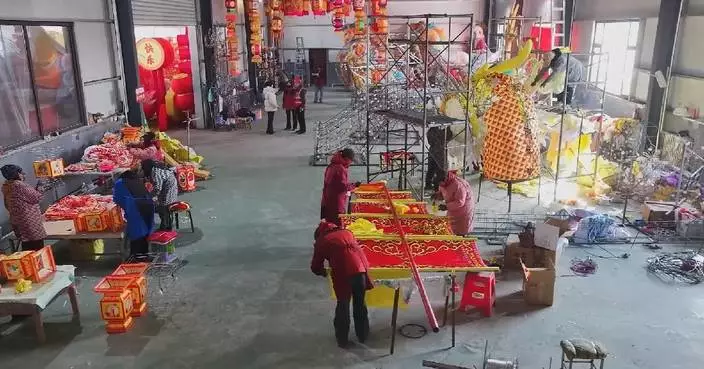U.S. stocks opened higher on Monday, after China and the United States announced a series of tariff modification measures aimed at easing trade tensions between the world's two largest economies, following talks in Geneva.
The Dow Jones Industrial Average opened at 41,899.05 points, up 649.67 points, or 1.57 percent.
The Standard and Poor's 500 Index opened at 5,807.20 points, up 147.29 points, or 2.60 percent.
The Nasdaq Composite Index opened at 18,674.55 points, up 745.63 points, or 4.16 percent.
The decision to ease simmering trade tensions followed a two-day high-level meeting on economic and trade affairs between China and the U.S., where the two sides issued a joint statement recognizing the importance of their bilateral economic and trade relationship to both countries and the global economy, and emphasizing the need for a sustainable, long-term and mutually beneficial economic and trade relationship.
According to the statement, the United States paused the 24 percent additional ad valorem rate of duty on goods sent from China (including goods from the Hong Kong Special Administrative Region and the Macao Special Administrative Region) for 90 days starting from April 2, while retaining the remaining rate of 10 percent on those goods. It will also remove the additional tariff rates on imports from China announced on April 8 and 9 respectively.
The pause in tariffs comes after the White House issued Executive Order 14259 on April 8, raising "reciprocal" tariff rates on China to 84 percent. One day later, the White House, in another executive order, hiked the rate to 125 percent.
Ad valorem tax is a tax based on the assessed value of assets, goods or services being taxed.
China says it will modify the application of the additional ad valorem rate of duty on goods from the United States set forth in the Announcement of the Customs Tariff Commission of the State Council No. 4 of 2025, by suspending 24 percent of additional tariffs for an initial period of 90 days, while retaining the remaining additional ad valorem rate of 10 percent on those goods.
It will also remove the modified additional ad valorem rates of duty on those goods imposed by announcements No. 5 and No. 6 issued by the Customs Tariff Commission of the State Council on April 9 and 11 respectively.
China will also adopt all necessary administrative measures to suspend or remove the non-tariff countermeasures taken against the United States since April 2, 2025.
The two sides commit to take the actions by May 14.
The two sides will also establish a mechanism to continue discussions about economic and trade relations. These discussions may be conducted alternately in China and the United States, or a third country upon agreement of the Parties, the statement said.

US stocks open higher on Monday after positive trade talks with China









